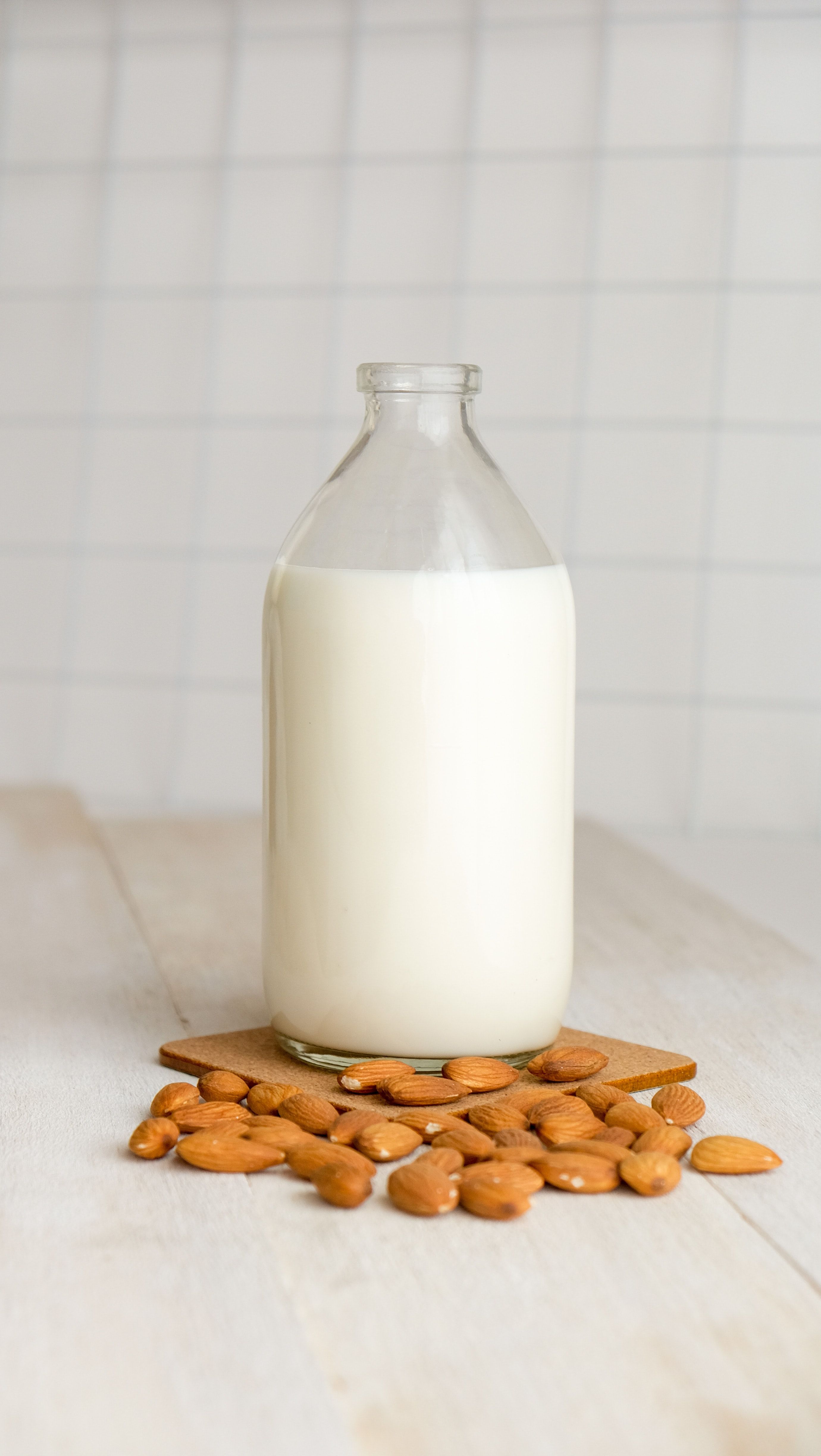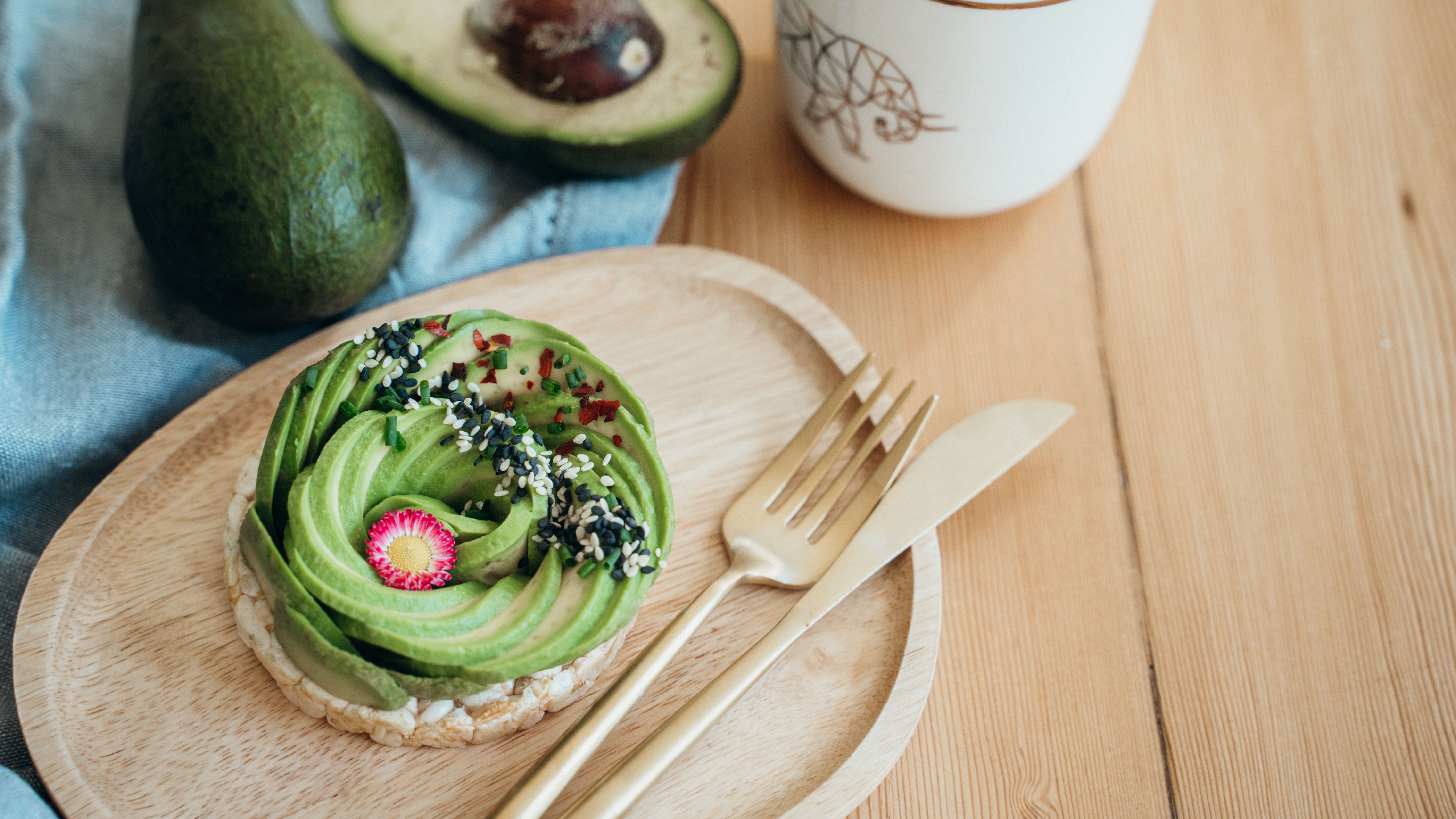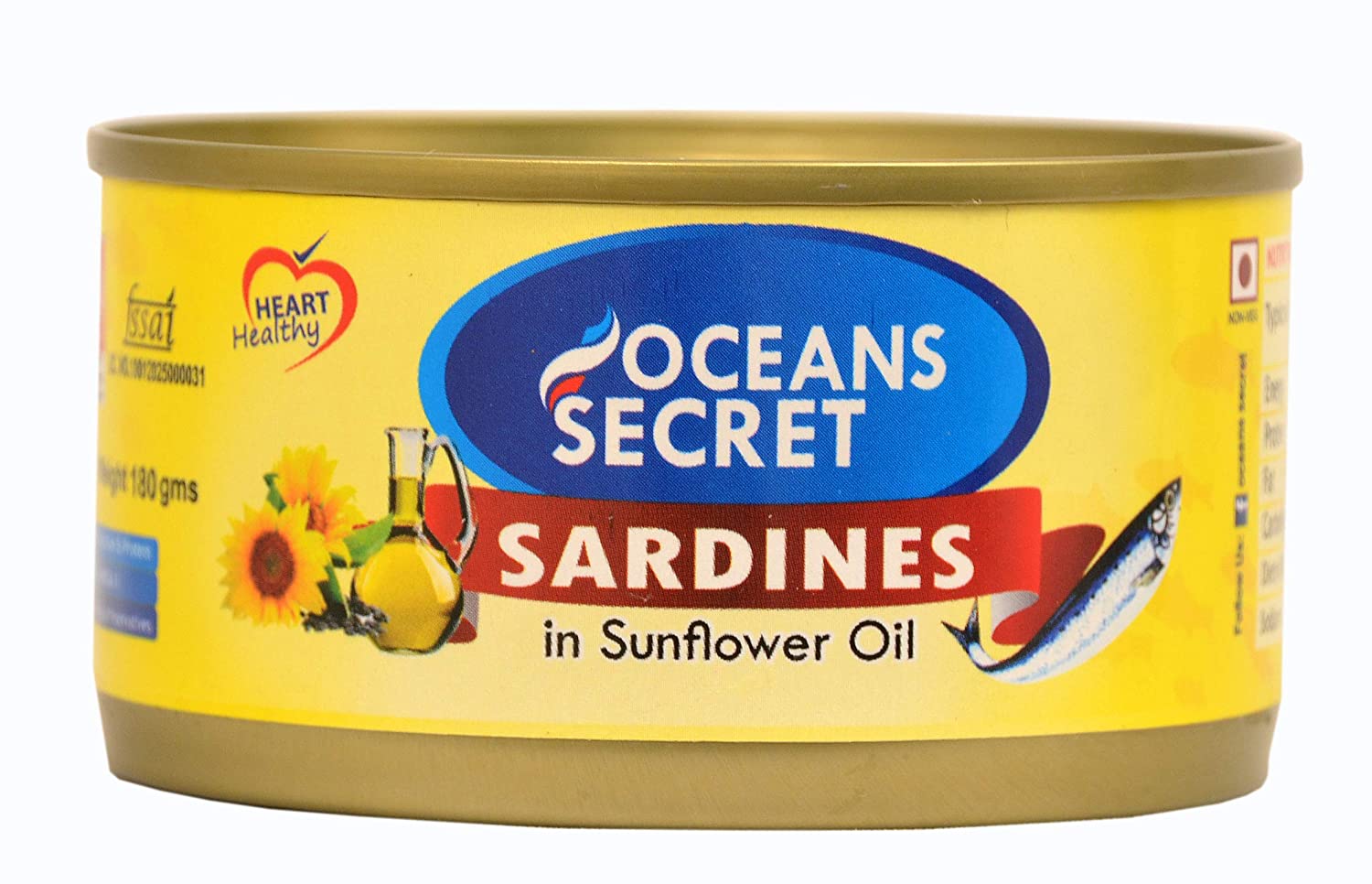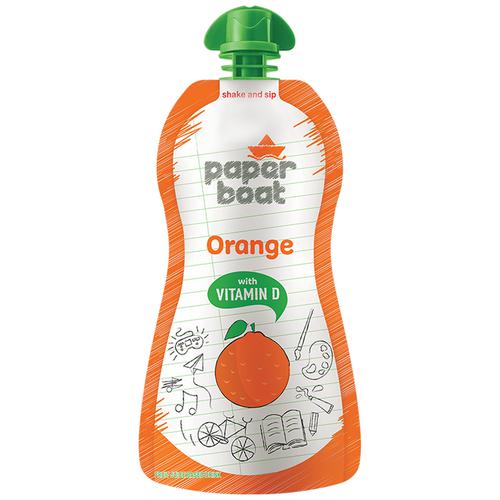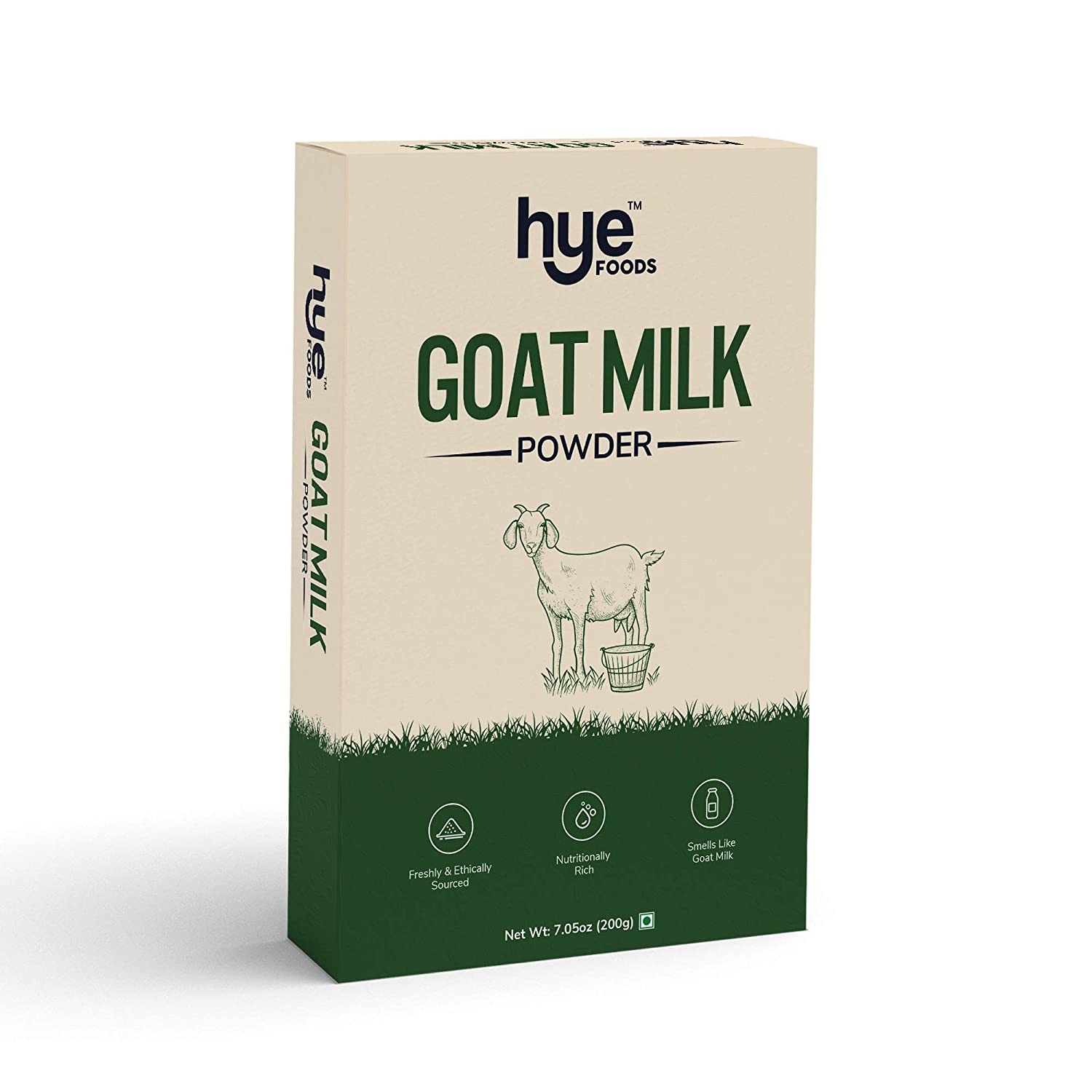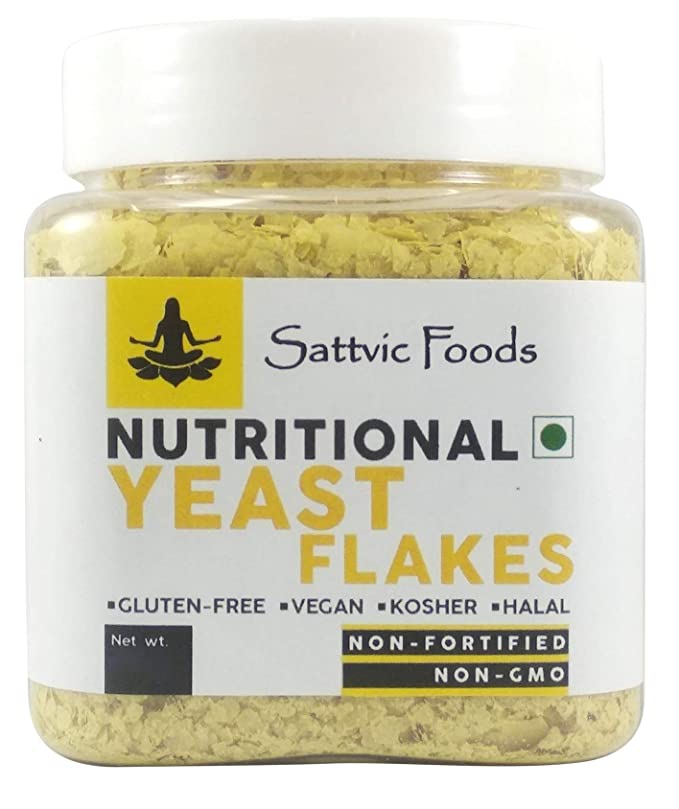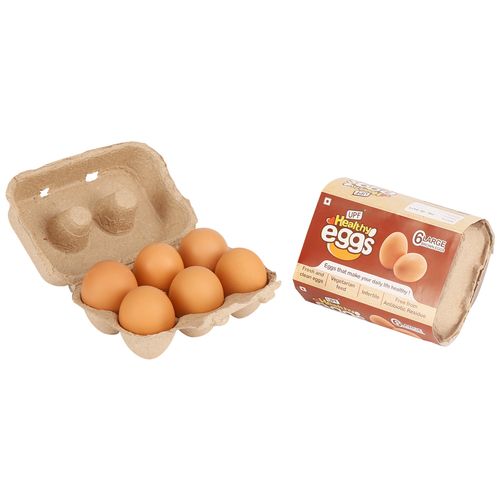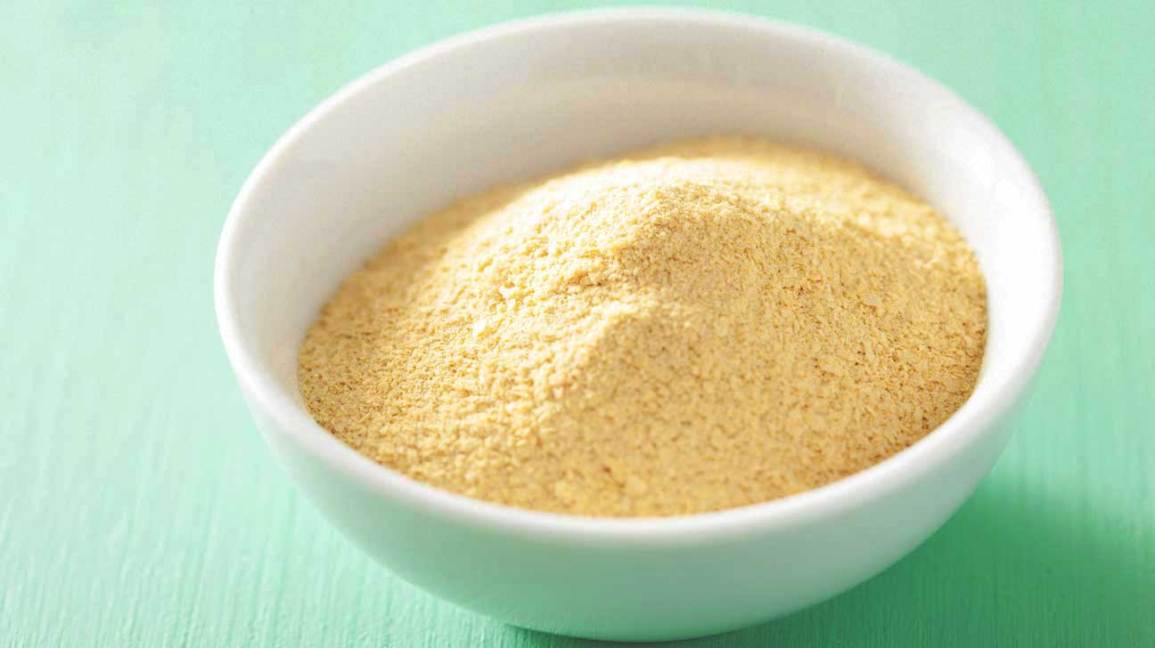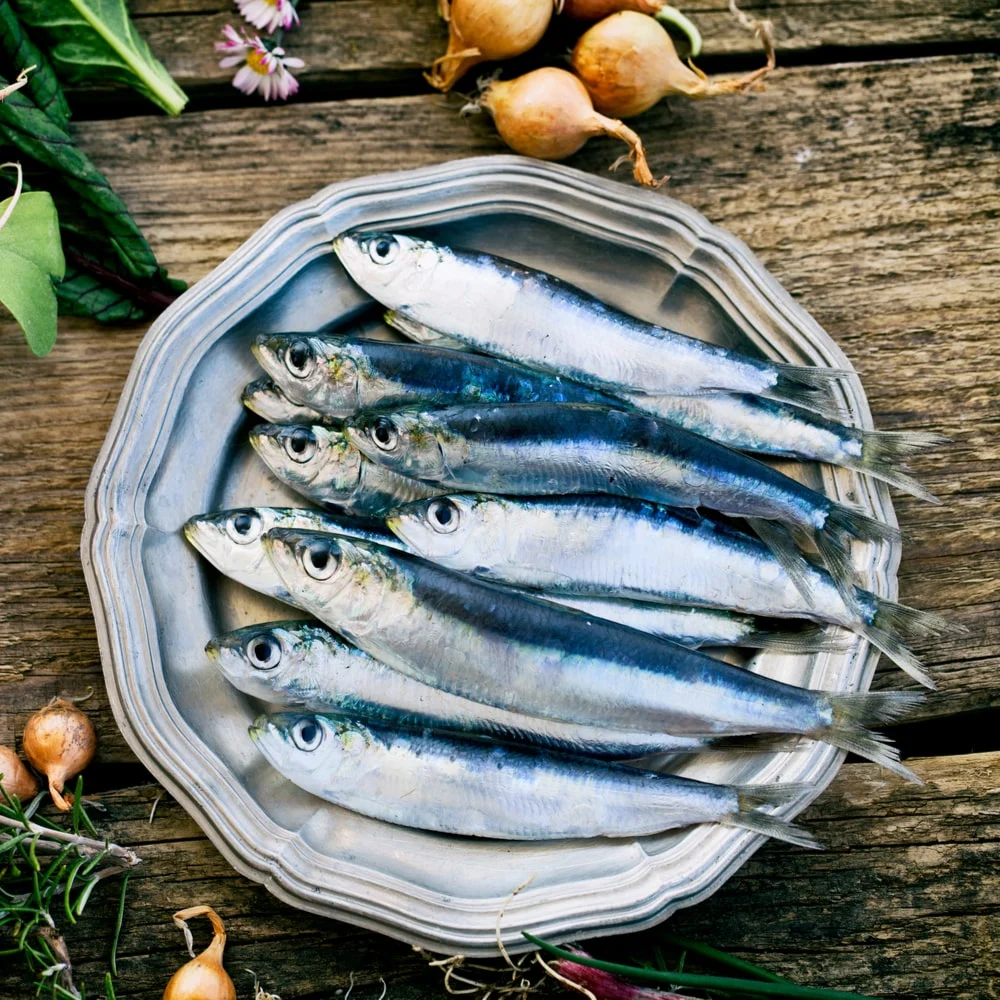Published Date January 24, 2003
Calcium-rich food options that are lactose-free
By Arpita Sudev
5 min read
Last update date: January 24, 2003
All about lactose free food, vitamin D, coconut milk and calcium.

If you’re lactose intolerant you will fall deficient in two vital nutrients calcium and vitamin D. There are ways you can compensate for these nutrients with some of the other foods. A healthy breakfast without dairy can provide you with adequate calcium and vitamin D. For example, there are some fortified cereals that have more than 1,000mg of calcium in 30g of serving. That’s nearly your entire daily requirement.
So here are some sources of Calcium and Vitamin D for you:
An adequate amount of vitamin D in the body ensures that calcium is absorbed efficiently. Your diet should cover a broad range of vitamin D-rich sources such as eggs, mushrooms, sardines, and fortified orange juice.
Egg yolk contains about 10% of the vitamin D you need each day while the most abundant source of the nutrient is sunlight. A morning walk for about 10 minutes every day would help you reach the target and keep you physically fit too.
- Beans
Adding legumes such as kidney beans, black-eyed beans, soybeans, and peas to your regular regimen in the form of stir-fry, snacks, fitters, salads, soups, and curries will help you make up for the calcium needed. Legumes are also packed with loads of protein that guard your bone and lower the risk of osteoporosis. - Fortified Cereals
These days most foods are fortified with calcium such as breakfast cereals, breakfast bars, lactose-free soy milk, almond milk, orange juice, and cranberry juice. A glass of orange juice provides you with 300 mg of calcium which is the same amount of calcium found in one serving of milk. - Snacking on Figs, Currants, and Apricots
Try replenishing your calcium levels by eating dried figs, apricots, raisins, blackberries, and currants. 4 figs can provide around 70mg of calcium which is more than a cup of cooked broccoli. - Eat Veggies
Spinach, broccoli, kale, and all other dark green leafy vegetables are great sources of calcium providing you with about 100mg of calcium per serving. Try to eat your greens regularly and add them to your salads, spreads, soups, and curries. - Cod-liver oil
This is one of the most popular supplements. If you don’t like fish, taking cod liver oil can be the key to obtaining certain nutrients that are unavailable in other sources including vitamin D. - Mushrooms
Mushrooms are a great source of vitamin D. Most vitamin D is found in shiitake mushrooms that are exposed to sunlight. - Add Nuts
A handful of almonds can provide you with a good dose of calcium. ¼ cup of roasted almonds gives about 114 mg of calcium. Peanuts and brazil nuts too can boost the calcium levels in your diet. - Tuna and Salmon (Fatty Fish)
Canned tuna packs up to 268 IU (1 IU of vitamin D is 0.025 mcg Vitamin D) of vitamin D in 100g of serving. It is one of the most popular fatty fish having around 526 IU of vitamin D per 100g of serving.
Milk alternatives:
- Almond milk
Almond milk is a popular milk alternative because it is easy to make, cheap to buy, and many find it delicious. A cup of almond milk contains approximately 39 calories, 1g of protein, and 2.5g of fat. Almond milk does not have the strong flavour that some other plant-based milk may have, which makes it a good alternative. - Soy milk
Some doctors may recommend soy milk for people who are intolerant to dairy foods or looking to cut calories. A cup of one of the leading brands of soy milk contains 7g of protein, 4g of fat, and just 80 calories, meaning it provides almost as much protein as whole milk. Soy milk may have a peculiar flavour for people who are not familiar with it. However, it comes in sweetened and unsweetened varieties so that a person can try different options. - Coconut milk
Coconut milk is naturally very fatty, which helps it to provide the same texture as cow’s milk. However, a cup of fortified coconut milk contains 74 calories and 5g of fat, but less than 1g of protein. Many people use coconut milk in their coffee because of its creamy texture. Adding cocoa powder to heated coconut milk also makes rich and creamy hot cocoa. - Rice milk
Rice milk tastes sweeter than other dairy alternatives. It is also more watery than other options, but comes in many varieties and can be a great replacement for milk in cereal. A cup of rice milk contains approximately 113 calories, less than 1g of protein, and just over 2g of fat.
Butter alternatives :
While plant-based margarine is commonly available, some people look for natural replacements. These include:
- Coconut oil
It's an easy and direct replacement for butter in most recipes. Some people recommend heating the oil and adding a bit of salt to neutralize the sweeter coconut flavour. - Olive oil
If people use olive oil instead of butter, it is best to use it for sautéing foods or caramelizing them rather than for baking. - Avocados
Avocados are very versatile in the kitchen. Depending on the recipe, a ripe avocado may make the perfect butter replacement for baking. The avocado flavour tends to dissipate, leaving only the creamy, fatty texture, which can be perfect for baked goods. - Bananas
For sweet recipes, ripe bananas can also replace butter. Be aware that the flavour of the banana may change the taste of the treat.
Cheese and nutritional yeast alternatives:
- Cheese
Hard, aged cheese like swiss, parmesan, and cheddars are some good options. Other low-lactose cheese options include cottage cheese or feta cheese made from goat or sheep’s milk. - Nutritional yeast
Nutritional yeast is similar to the brewer’s yeast used in baking, but it is deactivated through a heating and drying process ideal for producing a similar flavour in dairy-free dishes. It is a safe and tasty substitute for cheese. It contains no animal or dairy products, no starch, wheat, corn or soy, has very low sodium content, and has no artificial colours or flavours.
Takeaway...
Lactose intolerance is although rarely life-threatening. It is aimed at reducing or eliminating the inciting substance, lactose, by eliminating it from the diet or by pre-digesting it with supplemental lactase-enzyme replacement. You can save money by substituting these with basic ingredients for your own preparation, which are usually priced similarly if not expensive. Make sure you get the right amount of calcium, vitamin D, and iron as these are the vital nutrients you can't miss out on.
References
- https://www.bones.nih.gov/health-info/bone/osteoporosis/conditions-behaviors/lactose-intolerance
- https://www.healthline.com/nutrition/dairy-foods-low-in-lactose#:~:text=Cheeses%20that%20are%20low%20in,Camembert%2C%20cottage%20cheese%20and%20mozzarella.
- https://www.realsimple.com/food-recipes/recipe-collections-favorites/popular-ingredients/cheese-can-eat-lactose-intolerant
- https://www.cambridge.org/core/journals/public-health-nutrition/article/abs/additional-costs-of-lactosereduced-diets-lactosefree-dairy-product-substitutes-are-a-costeffective-alternative-for-people-with-lactose-intolerance/873237BE6CAD5232DD4323894A99D7C5
- https://www.webmd.com/digestive-disorders/ss/slideshow-calcium
Related Items
Choose Healthy With Us.
Know the real truth about your food. Stay informed and healthy, for free.

Download the App Now
Certified nutritionists trust our food recommendations. Safe to say, so can you :)




